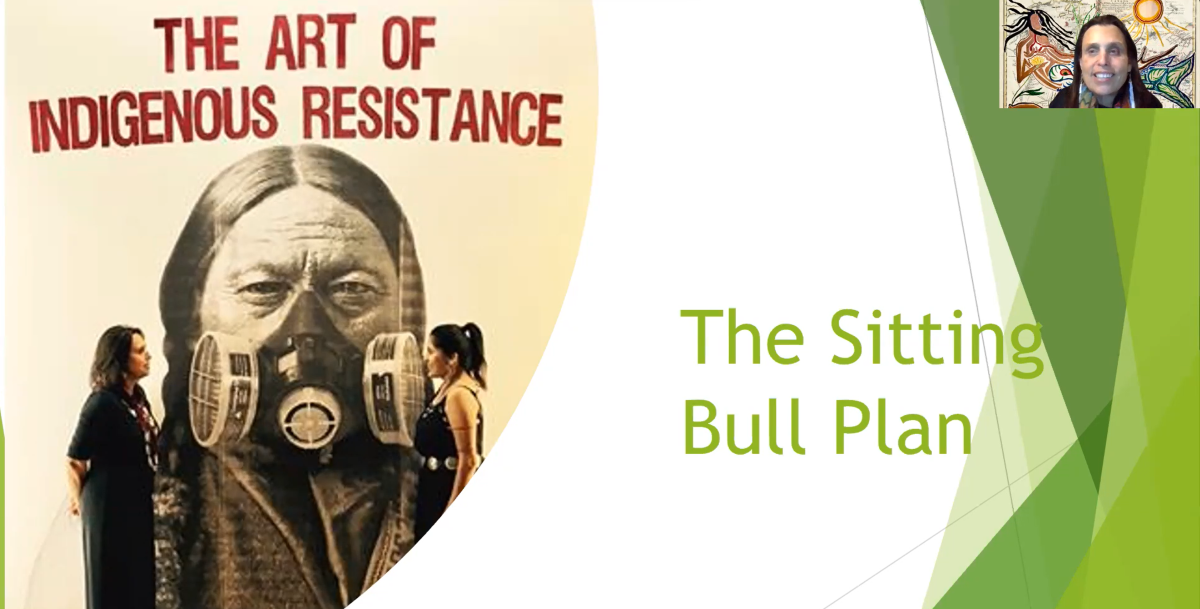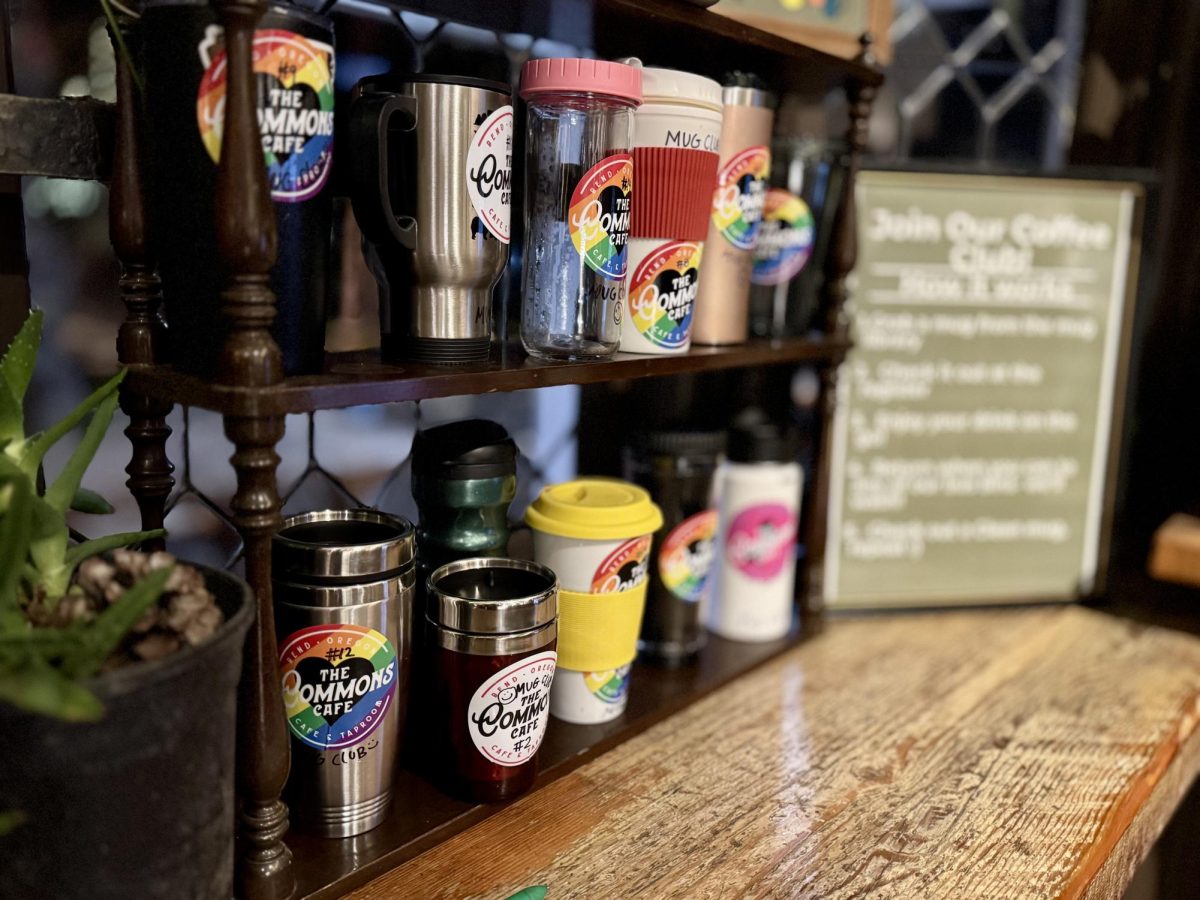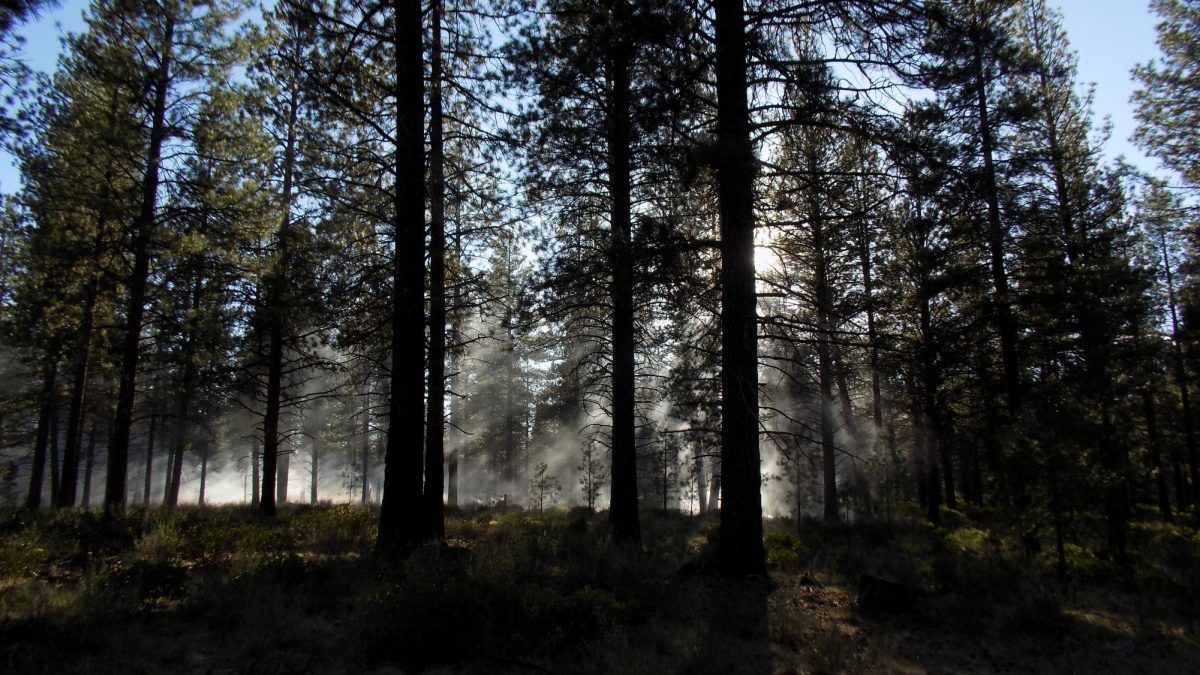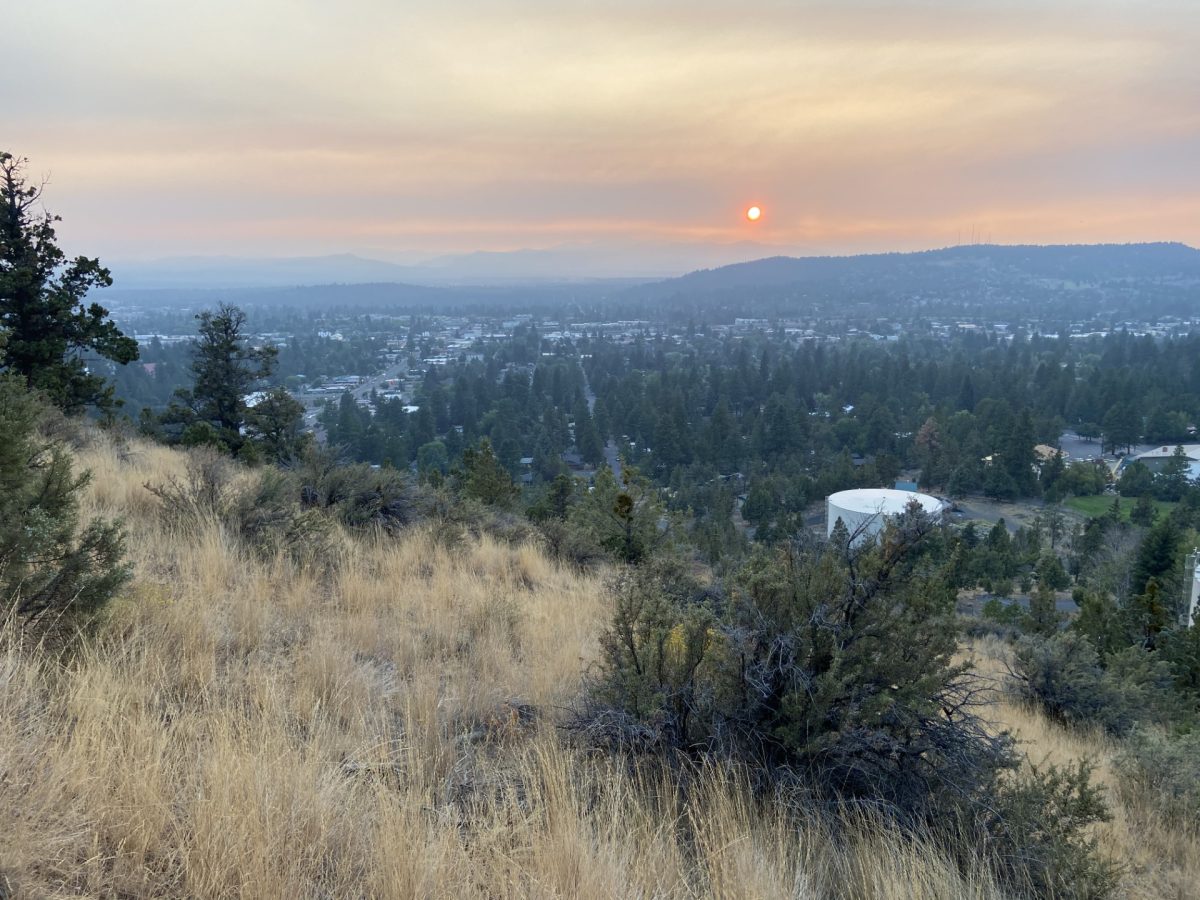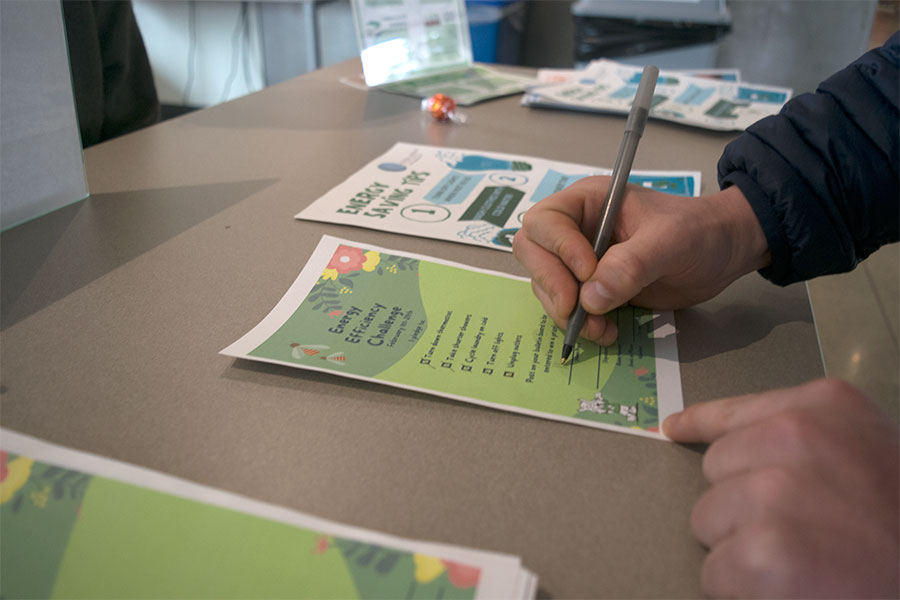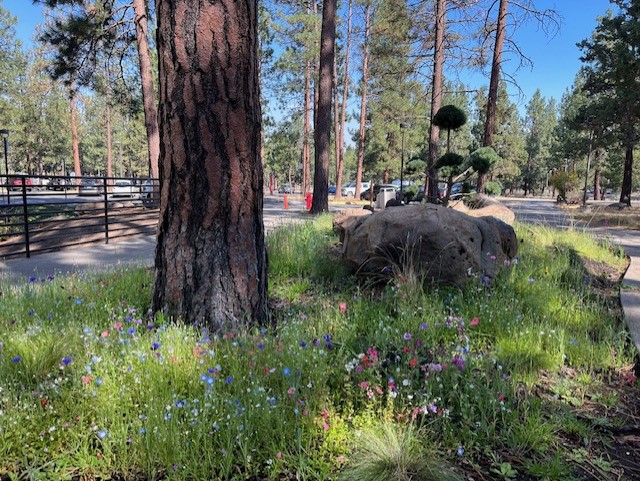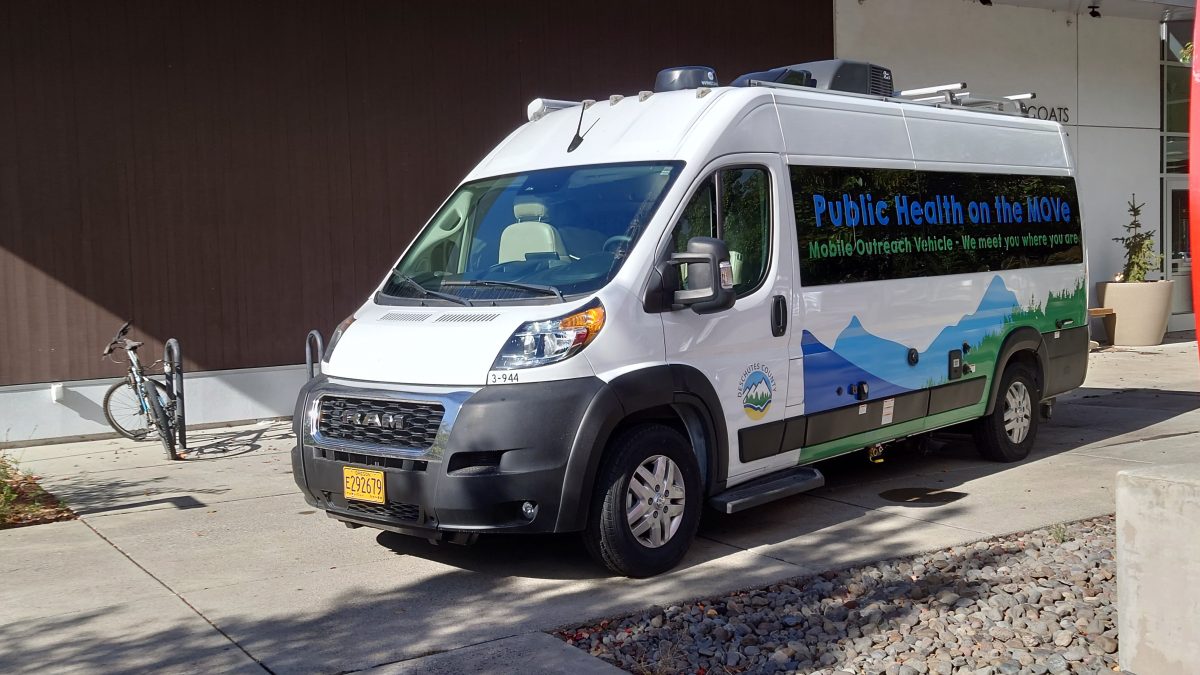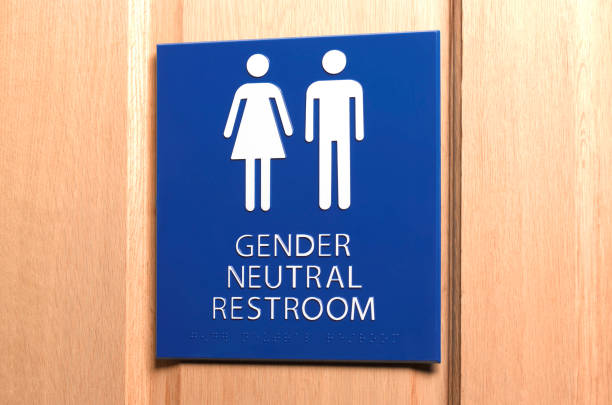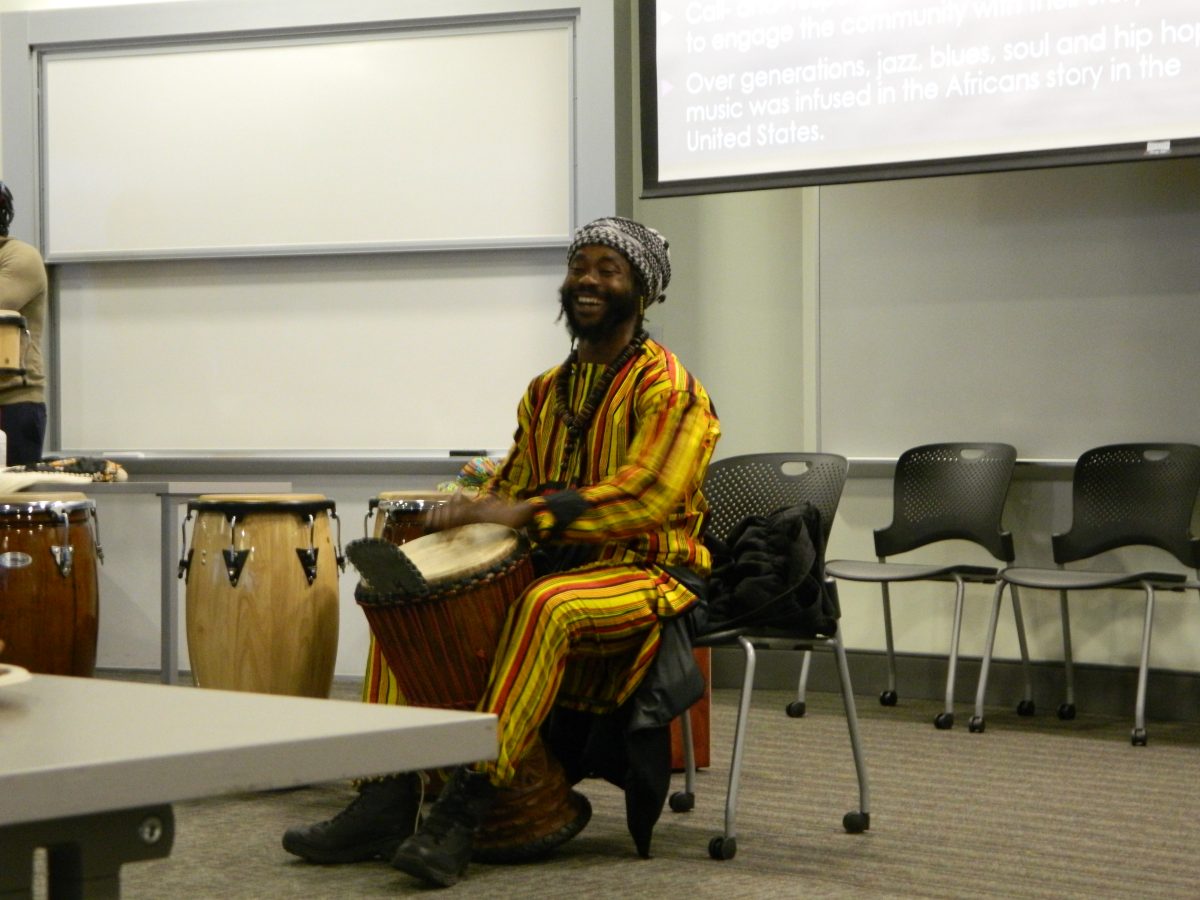Ellie Ocel/The Broadside
On Feb. 1, Winona LaDuke spoke virtually about economics, environmental solutions and personal changes anyone can make. Her lecture, “The Green Path Ahead: Indigenous Teaching for the Next Economy,” was a part of COCC’s 2022 Season of Nonviolence.
LaDuke is an indigenous economist. She has accomplished many things throughout her career, from preventing genetic modification of wild rice to founding Honor the Earth, an organization that provides financial and organizational support for indigenous environmental initiatives. By including LaDuke in the 2022 Season of Nonviolence, COCC allowed its students and community to learn about a perspective not often broadcasted.
The main questions LaDuke answered in her lecture were, “How do we make a better future?” and, “Who is in charge of making a better future?”
“America was great when there were 50,000,000 buffalo,” LaDuke said. She thought America was great when there were 10,000 varieties of corn, when wild rice was all around, and when people could drink water straight from every river. That is the future that LaDuke wanted to create.
LaDuke began by discussing the time of the seventh fire, an Anishinaabe (Ojibwe) prophesy that spoke of humanity’s choice between a scorched path and a green path. The green path represented the choice to lead a more environmentally friendly life, and the scorched path the choice to change nothing and continue contributing to climate change.
LaDuke wanted Humanity to choose the green path in order to create a better future for their children. In order to choose the green path, humanity first must begin to address the problem.
One problem was people’s reliance on fossil fuels. LaDuke called this reliance a late stage addiction. Oil is difficult to get, said LaDuke, so people should move away from reliance on it.
LaDuke called her solution the Sitting Bull Plan. The Sitting Bull Plan involves local food production, reliance on hemp, use of solar and wind energy, and electric transportation.
LaDuke said that local food production would lead to an agricultural system that did not rely on fossil fuels. Through growing food locally, more communities could receive food security.
LaDuke advocated for reliance on hemp for a variety of reasons. Fiber hemp can be used to make clothing, insulation, paper and almost everything that fossil fuels are used to make.
Hemp also sequesters carbon, so in addition to allowing a shift away from the reliance on fossil fuels, it would help combat the already-existing negative effects of fossil fuels, said LaDuke.
LaDuke also showed that a combination of solar and wind power would be a stable source of energy for a lot of places. Thus, fossil fuels would no longer be necessary for providing power.
The final aspect of the Sitting Bull Plan was a reliance on electric transportation. LaDuke claimed that the use of electric cars and trains would revolutionize transportation and allow a movement away from fossil fuels.
The Sitting Bull Plan also included art. LaDuke asked people to make their lives beautiful through the inclusion of art. For example, the side of her house has a mural on it, as does her hemp barn.
“We get to be the ones that create the system,” said LaDuke. She believed everyone should have big ideas and local ideas, and most importantly they should seek to enact those ideas.


